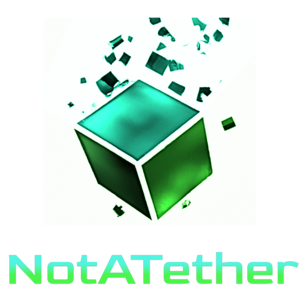Trustless Protocol
Trustless! At a glance, the term is ambiguous and quite confusing, like is it something one cannot trust? But, it does not mean so. A Trustless system is one that does not require trust. In such a system there is no single entity that has authority over the system. So no one (participant) has to trust the third party.
The property of trustlessness in a peer-to-peer (P2P) network was introduced by Bitcoin, as it allowed all transactional data to be verified and stored on a public blockchain. Trustless systems do not completely eliminate trust but distribute it. In such cases, trust is minimized but not eliminated.
Models of blockchain
There may be two types of systems.
- Centralized
- Decentralized
Centralized Systems
- These systems are not trustless because there is one central point that controls the participants, delegate power, and authorize them to make and enforce decisions.
- A clear example is a bank. It is a centralized system that authenticates you and guarantees the recipient that they are getting real money.
- In other words, unless there is a direct physical transfer of value from one individual to the other, there must be some intermediary to whom we have to “trust”.
The drawback of Centralized System
- In a centralized system, as long as the third party is trusted, the system will function as usual. However, serious issues can arise if the trusted entity is not to be trusted.
- Centralized systems are subject to system failures, attacks, or hacks. Data can also be altered or manipulated by the central authority without any public authority.
- When it comes to money, centralized systems arguably have more widespread appeal than decentralized ones.
- The organizations are made up of people who are easily corrupt, while trustless systems are governed entirely by computer code.
Decentralized Systems
- Blockchain has changed the picture of this traditional system by introducing a trustless system and making everyone part of the ledger.
- Hence, it is sometimes even called a distributed ledger; everybody doing a transaction in blockchain has a record of other transactions that have happened or are happening in the blockchain-based Bitcoin system.
- This decentralized ledger gives multiple authenticity points for every transaction that has happened.
- Along with this, the systems have rules which are pre-defined and not different for each wallet user.
- The concept of trustlessness is a core element of blockchain, crypto payments, and smart contracts. The slogan “Don’t trust; verify!” is correct for it.
- These networks are censorship-resistant and decentralized featuring enhanced security protocols. When you send a transaction, it is permanent, and the sender cannot reverse the payment.
- A trustless crypto wallet is a non-custodial crypto wallet. This means your crypto wallet contains the private keys that control the crypto funds associated with them. Since only you control these funds, it’s generally considered trustless.
Drawbacks of Decentralized System
- There are also some drawbacks of relying on such types of trustless systems as well. For example, in a DEX (Decentralized Exchange) all trades must generally be executed on-chain. This means trades may in some cases be subject to higher transaction fees compared to CEX (Centralized Exchange).
- Even failed orders must be validated on-chain, triggering further fees.
Security Functions to Implement Trustless Protocol
Cryptographic Hashing
- Cryptographic Hashing & Merkel Trees keeps the integrity of the data on both public and private blockchains intact.
- Hashing functions are one of the most important parts of cybersecurity and of several major cryptocurrency protocols like Bitcoin.
- Hashing is also a method of cryptography that converts any form of data into a unique string of text. Any piece of data can be hashed, of whatever size or type.
- A hash is designed to act as a one-way function — we can put data in a hashing algorithm and we get a unique string, but if we come upon a new hash, we just cannot decipher the input data that it represents. A unique piece of data will always produce the same hash.
Working of Hash Function
- Hashing is a mathematical operation that is pretty easy to perform but can be extremely difficult to reverse. (The difference between hashing and encryption is that encryption can be reversed, or decrypted, using a specific key.) The most popular hashing functions are MD5, SHA1, and SHA-256. Some hashing processes are significantly harder to crack than others. For example, SHA1 is easier to crack than bcrypt.


